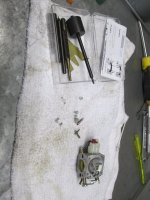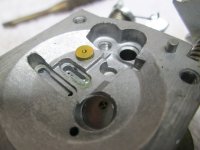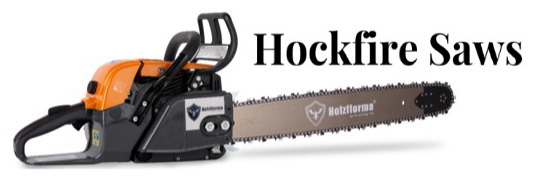- Local time
- 4:53 PM
- User ID
- 685
- Joined
- Jan 26, 2016
- Messages
- 7,844
- Reaction score
- 37,652
- Location
- South west UK
It doesn't have too be that way , sticky back plastic can be a vision of the future ha ha
It was getting barely enough. Now after drilling the seat, and the main nozzle I can fatten it up till it gets off the RPM limiter without any problem at all.
So which one was limiting the flow, the main nozzle jet or the needle orifice?
I've never taken one of those carbs apart, but they look interesting with the two welch plugs and the extra brass jet. That brass jet could be a limiter to the low speed circuit or it could be an auxiliary jet for the low speed circuit. - If you take a look inside the carb near the throttle plate, maybe you might find a separate discharge port for that brass jet. If so, it is an auxiliary jet for the low speed circuit and you could drill the jet to increase the low speed flow.
Probably to have a slower ramp in for the fuel of the low speed circuit, but it was just too small for high speed flow, especially on a ported saw.
They could have achieved much of the same ramping by using a larger orifice, but putting in a stronger metering spring to slow the opening. A stronger spring is something you might have to add if it is now a bit 'fat' off of idle.
If you have one of these type of carbs off another saw and you don't mind pulling the welch plugs, we can take a look at the circuitry. That extra brass jet could be a quick way to get some extra low end torque out of the engine.


Wow! I'd ever heard of Him, but that was awesome! I love his playing style, almost a mix of blues, bluegrass and rag-time.
Looks like the brass jet feeds the transition area under that welch plug.
We posted at the same time. Try putting the low speed needle back in and see where it seats.
I expect it is going to seat in the idle circuit and limit the flow to the idle port.






